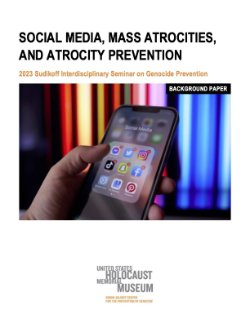By Monica P. Bhatt, Sara B. Heller, Max Kapustin, Marianne Bertrand & Christopher Blattman
Gun violence is the most pressing public safety problem in American cities. We report results from a randomized controlled trial (N = 2, 456) of a community-researcher partnership called the Rapid Employment and Development Initiative (READI) Chicago. The program offered an 18-month job alongside cognitive behavioral therapy and other social support. Both algorithmic and human referral methods identified men with strikingly high scope for gun violence reduction: for every 100 people in the control group, there were 11 shooting and homicide victimizations during the 20-month outcome period. Fifty-five percent of the treatment group started programming, comparable to take-up rates in programs for people facing far lower mortality risk. After 20 months, there is no statistically significant change in an index combining three measures of serious violence, the study’s primary outcome. Yet there are signs that this program model has promise. One of the three measures, shooting and homicide arrests, declines 65 percent (p = 0.13 after multiple testing adjustment). Because shootings are so costly, READI generates estimated social savings between $182,000 and $916,000 per participant (p = 0.03), implying a benefit-cost ratio between 4:1 and 20:1. Moreover, participants referred by outreach workers—a pre-specified subgroup—show enormous declines in both arrests and victimizations for shootings and homicides (79 and 43 percent, respectively) that remain statistically significant even after multiple testing adjustments. These declines are concentrated among outreach referrals with higher predicted risk, suggesting that human and algorithmic targeting may work better together.
Unpublished paper, 2023. 136p.




















